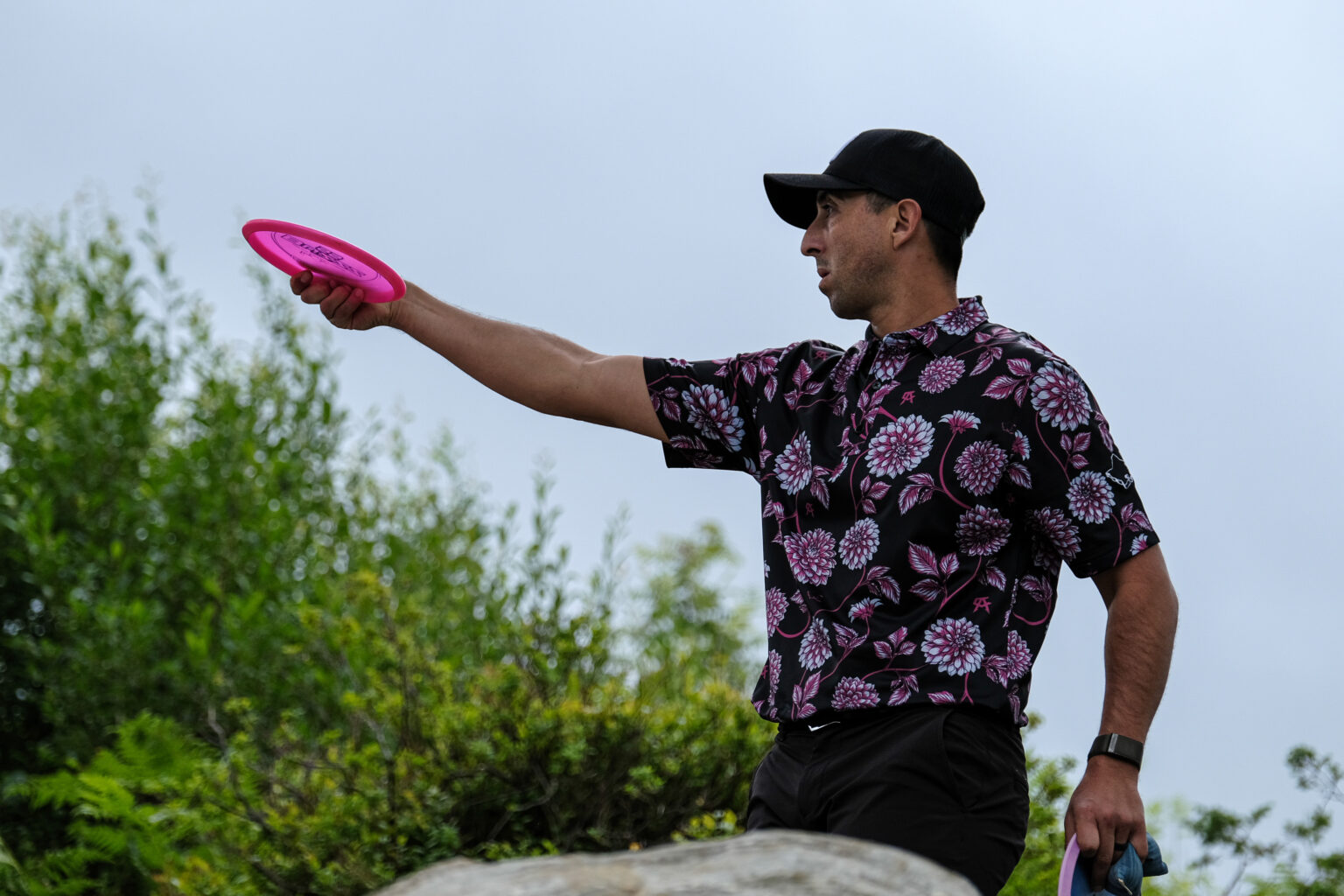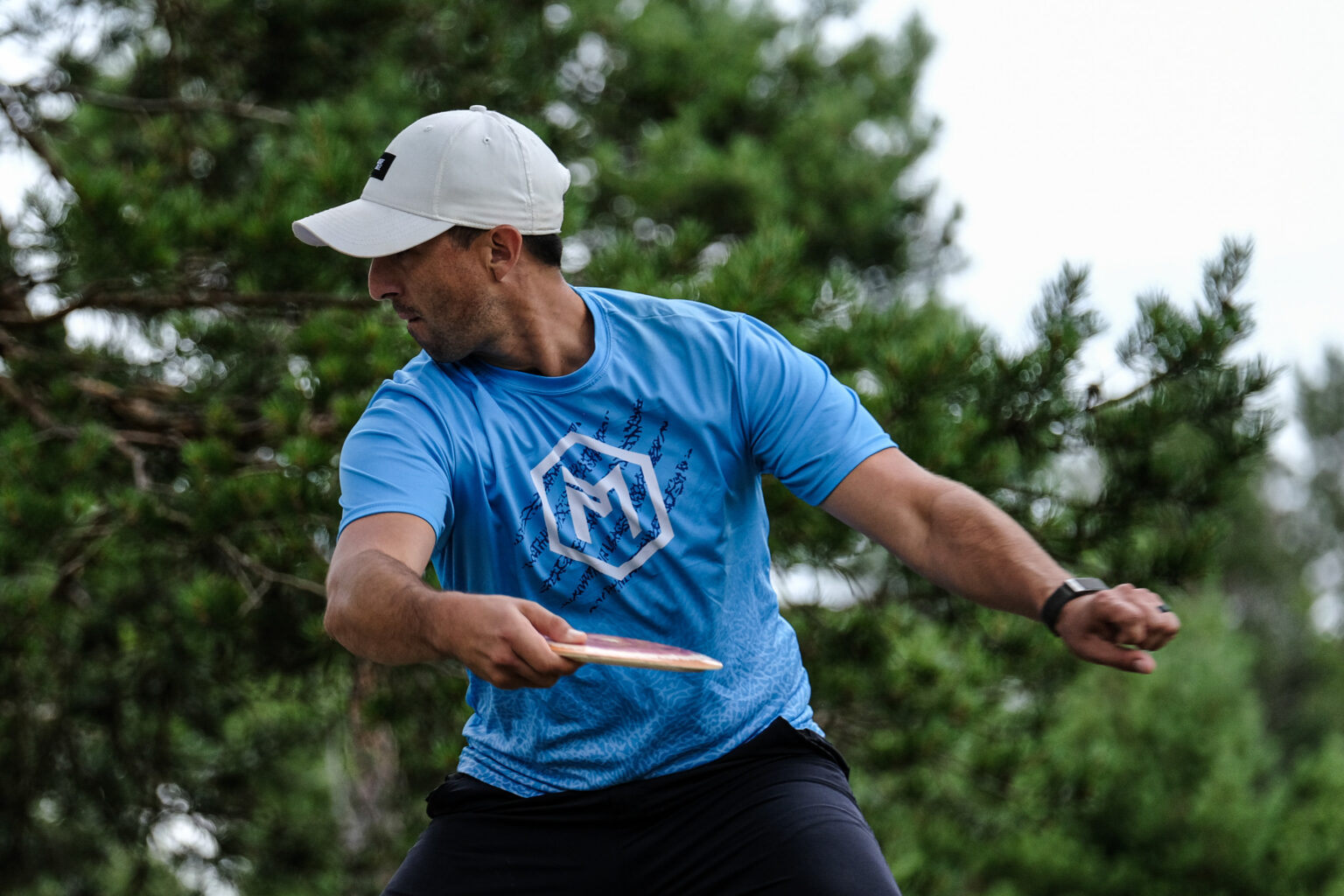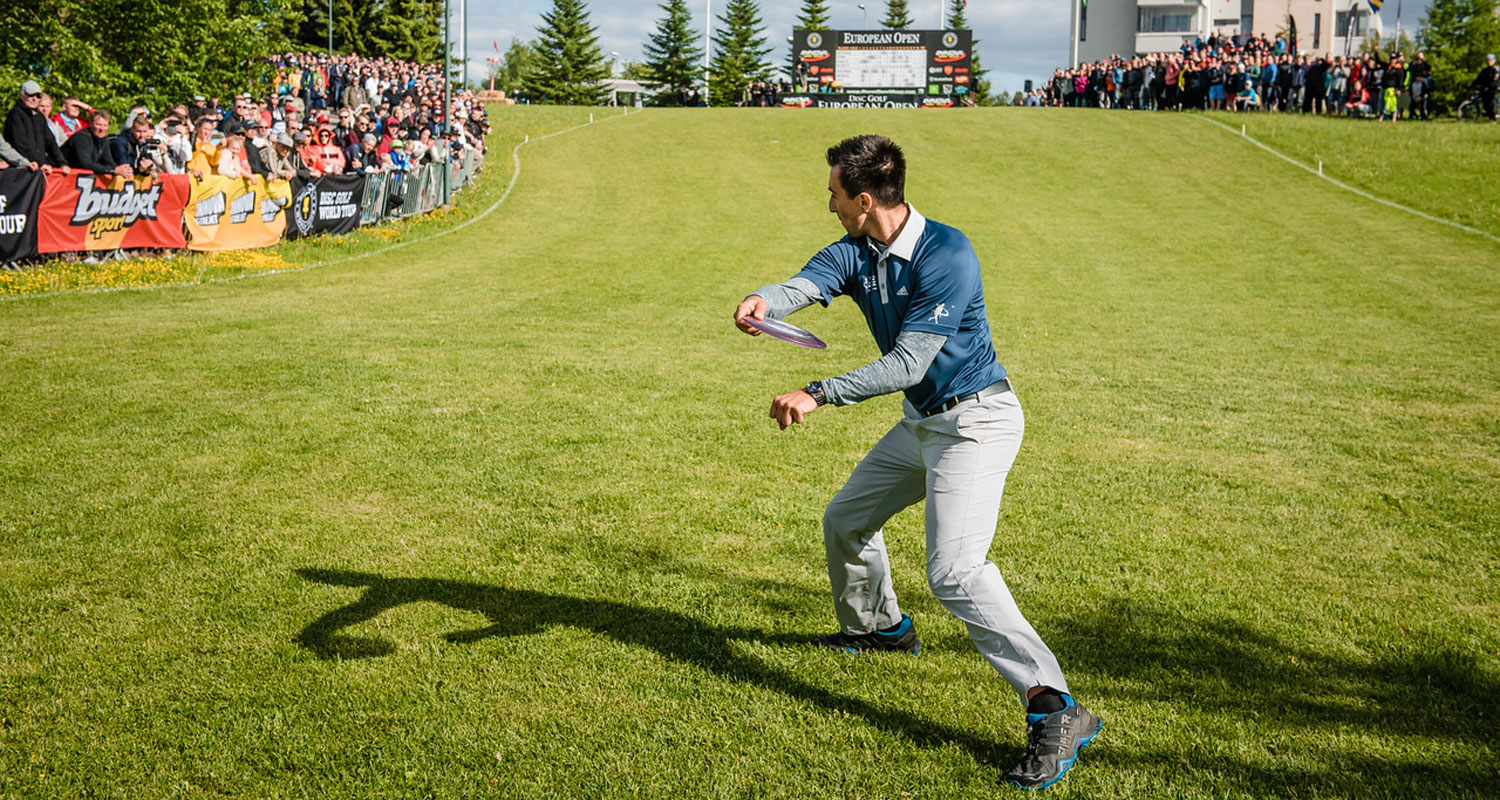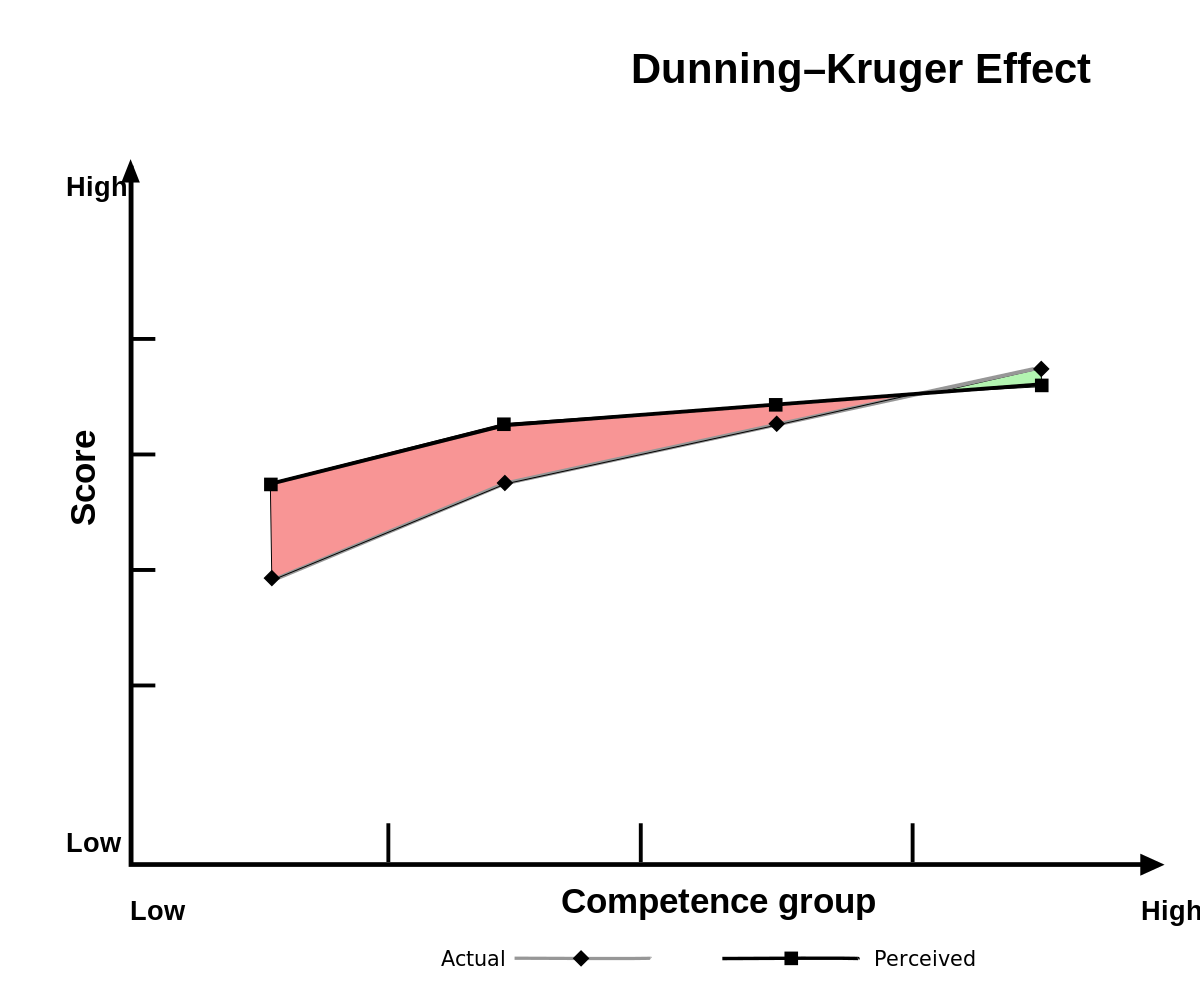Right.
You're the guy who couldn't figure out the content and asked the questions that were in the video. And .. somehow I'm the guy who can't understand what you're talking about now????....
You understand I'm meeting your attitude with the same attitude right? Okay good. Might wanna check yourself.
----
Now were talking about some grip stuff, which is cool. Not really off topic, but were broad brushing some stuff here and then ignoring the whole point of the video I posted which is people addressing things without addressing the rest.
So, were talking about 10% of the equation here and more concerned with disc placement in the hand vs all the correlations to swing and body mechanics per person.
These things are unique to everyone and you're over complicating all of it with out any real tangible information other than what your tech disc gives you. Which is great for you, but has nothing to do with everyone else.
Everyone needs to find "Their" grip for them. Which has been the main cause of nose issues in teaching for years, because we teach things like you're promoting now with "oh you need to put the discs on these lines on my hand."
like... that's dumb. its absolutely dumb. which is why I showed in the video a really really easy way for you to figure your grip out. I meant to explain how I figured that out, but that video was long and its a lot to talk about. But it's actually from Scott Stokley. Just.. The way he teaches you to do it is absolutely stupid and has almost 0 explanation. its just "do this" and there you go, you know what nose down feels like. and that's... really dumb.
Anyways whatever.
I could talk myself blue in the face about this topic I've literally been working on for 3+ years... It's lost on you Neil, cause.. you got tech disc. so ... expert on everything now.
good god.
It's like seeing the literal manifestation of the dunning kruger effect.

en.wikipedia.org
Seriously read it. This is why coaching in disc golf makes me so angry and brash.
Brychanus talks with a lot of humility because he knows what he doesn't know. Because he understands the concept.
I speak with conviction on topics I've researched heavily and have brought myself to places of questions and understanding.
People generally dont do well with my confident speaking... But when you teach and talk to people in public in person, you have to speak with confidence. Not arrogance. And since its words on a screen, people spend more time trying to figure out how they can be offended by my strong words, vs actually understanding if i'm trying to be rude.
At this point I'm trying to be rude. Cause your goal when speaking to me is to show me how big your e-penis is, not to actually have a discussion and ask questions or gain understanding.





